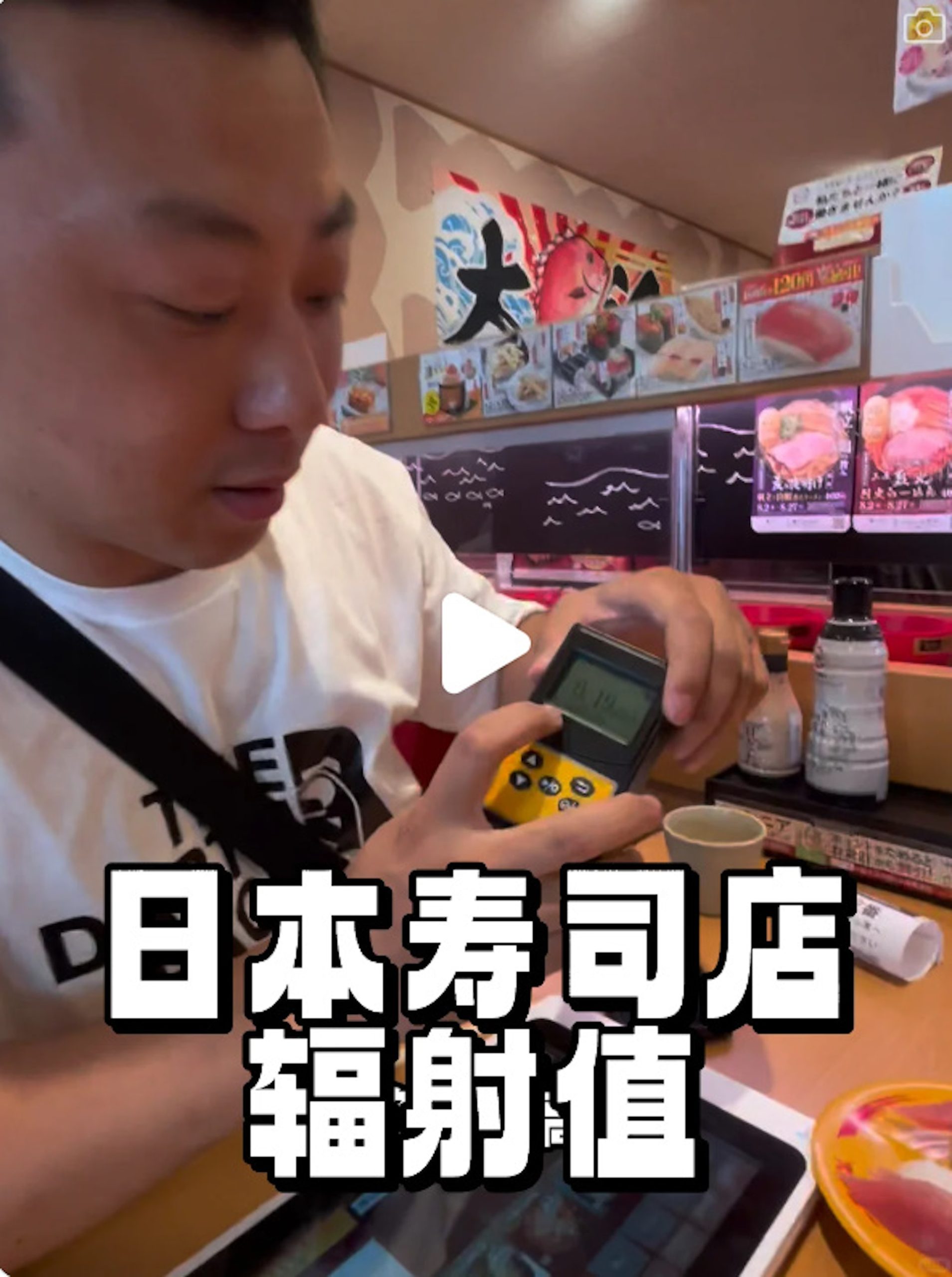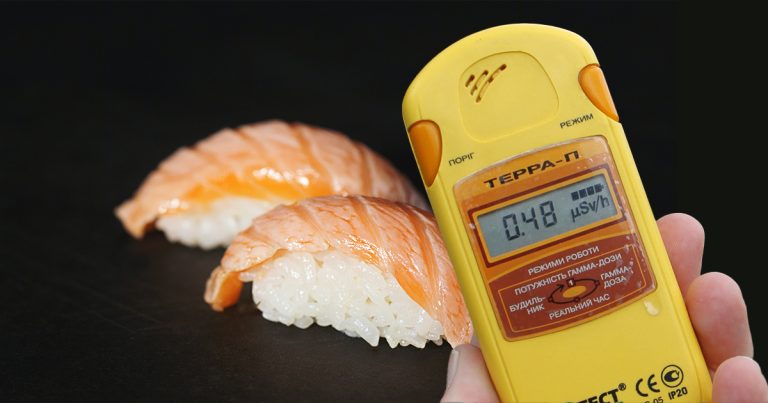25-8-2023 (HONG KONG) The Japanese government’s recent decision to release nuclear wastewater from the Fukushima nuclear power plant has sparked widespread concern and reactions across the globe. In response to this controversial move, the Hong Kong government has taken a significant step by constitutionally banning the import of seafood products from ten Japanese prefectures, while mainland China has gone even further, imposing a comprehensive ban on all Japanese seafood imports. Meanwhile, a video posted online has garnered significant attention, featuring a mainland Chinese resident who has been living in Japan and conducting radiation tests on popular sushi dishes, further intensifying the debate surrounding the safety of Japanese seafood.
The individual in question, known as the “Roaming Chicken President,” has been residing in Japan since 2017 and even established a company there. Concerned about Japan’s decision to release nuclear wastewater, he had previously interviewed a Japanese girl who expressed reservations about the safety of the environment. She stated that Japan was not currently a safe place to live, though she acknowledged that seafood was still available and that she would continue to consume it. However, she noted that her friends in Fukushima had informed her that seafood availability had decreased, leading her to consume it less frequently.
On August 24th, the “Roaming Chicken President” released a new video in which he measured radiation levels using a Geiger counter at various locations. Initially, he conducted tests in an outdoor setting resembling a park, yielding two readings: one at “0.16μSV/h” (microsieverts per hour), and the other at zero radiation. He then proceeded to test the area outside a popular sushi restaurant, where the readings were even lower, at “0.14μSV/h,” with another location measuring only “0.01μSV.”

Subsequently, he and his Japanese friend entered the restaurant and measured radiation levels in the surrounding environment, which increased slightly to “0.19μSV/h,” but he emphasized that the change was not significant. They selected a plate of tuna sushi from the conveyor belt, scanned it with the Geiger counter, and found that it also registered at “0.19μSV/h.” He concluded that it was safe to consume, with his Japanese companion stating that it appeared uncontaminated.
After their meal, they rechecked the radiation levels, which showed a slight increase to “0.04μSV,” rising further to “0.06μSV” after some time. The cumulative radiation level from entering the sushi restaurant to leaving was “0.17μSV/h” and “0.13μSV,” respectively. The “Roaming Chicken President” speculated that if the Geiger counter was accurate, Japan might already have had some level of radiation before the recent announcement, suggesting that the discharge had possibly been ongoing secretly. He concluded by metaphorically likening the situation to a child saying they need to use the restroom; in reality, they may have already done so.

Many mainland Chinese netizens reacted strongly, with some declaring that they would not visit Japan and would avoid purchasing any Japanese products. Some expressed concerns about the potential effects of rainwater contaminated with nuclear waste and genetic mutations in all living organisms. However, individuals claiming knowledge of environmental science pointed out that radiation, known as background radiation or cosmic radiation, is naturally present even in the absence of artificial sources. They explained that the values displayed on the Geiger counter included both real-time and cumulative readings and that cumulative values would naturally increase over time, suggesting that the real-time values observed by the “Roaming Chicken President” were within the normal background range and not cause for excessive concern.
According to the Hong Kong Department of Health website, radiation dosage is measured in sieverts (Sv), and citizens are exposed to radiation in their daily lives. For instance, a chest X-ray exposes individuals to 0.05 millisieverts (mSv), and long-haul flights expose them to 0.08 mSv. It is primarily prolonged exposure to radiation materials that poses an increased risk of cancer.




